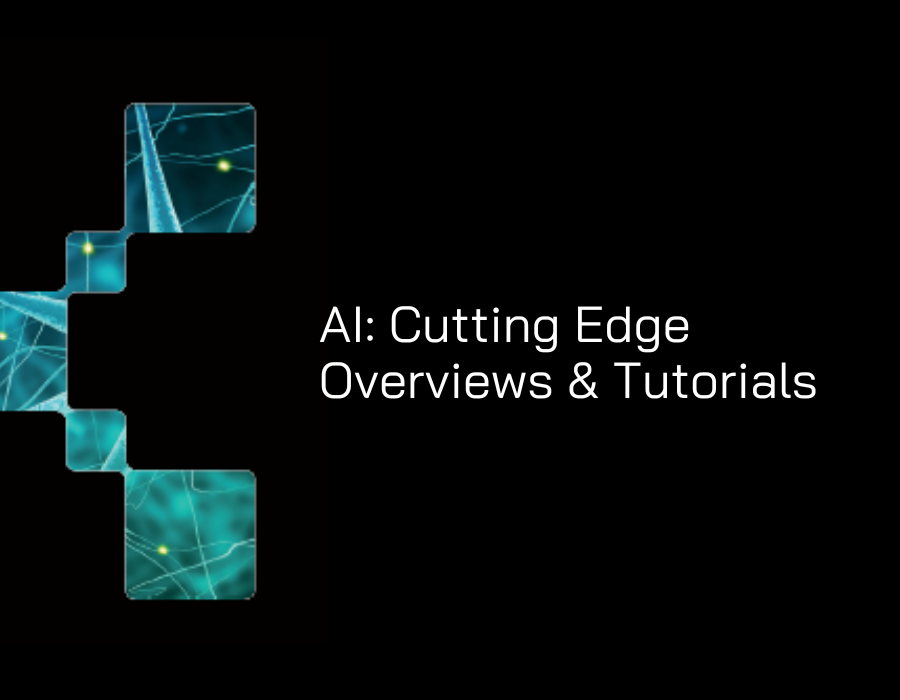Talk Summary
BioMedIA is delighted to announce a two-day hackathon scheduled for the 16th and 17th of March, which will be focused on the application of machine learning and deep learning in medical imaging. We cordially invite you to participate in this event and take advantage of the opportunity to work with professionals in the field and gain hands-on experience with cutting edge technology.
We are seeking participants who have a strong grasp of programming and deep learning, as the hackathon will involve practical work with these technologies. However, we would like to emphasize that the event is open to individuals of all skill levels and encourage those with an interest in the topic to attend. Whether you are a seasoned expert or just starting out, you will have the chance to learn, collaborate, and make a significant impact.
Kindly note that the deadline for registration is the 15th of February and that we will be operating on a first-come, first-served basis. We advise you to register early to secure your place. The hackathon will provide a unique opportunity to network with like-minded individuals and gain insights from experts in the field. We hope you will join us for this thrilling event. If you have any inquiries, please do not hesitate to reach out.


